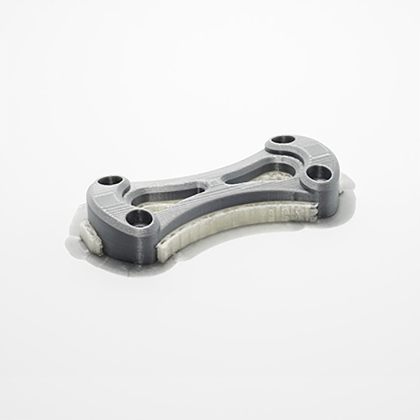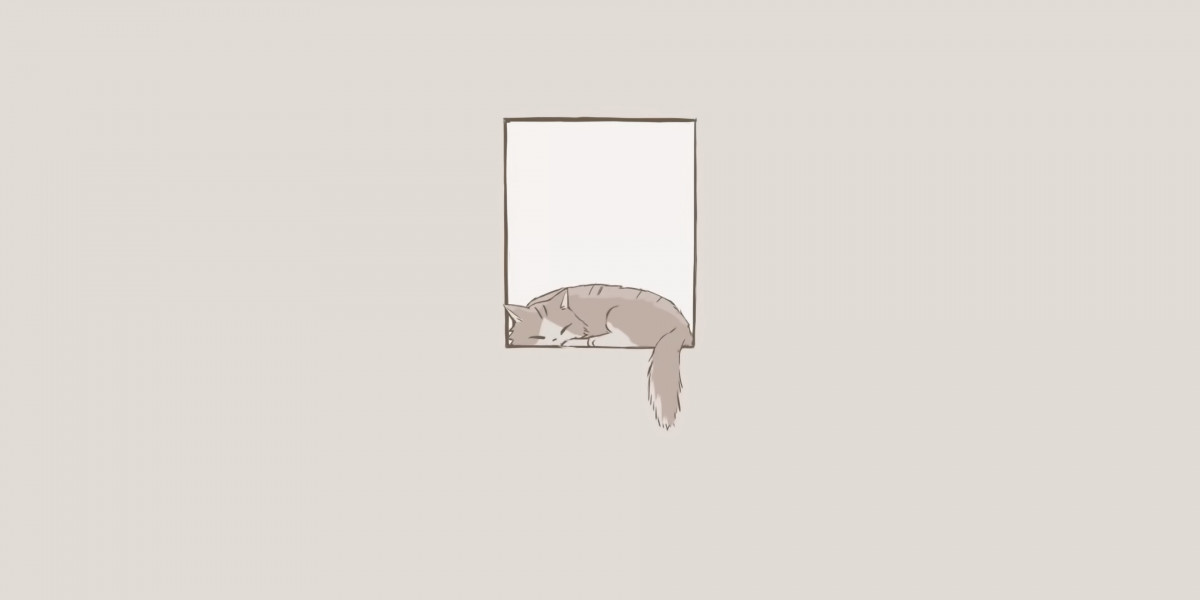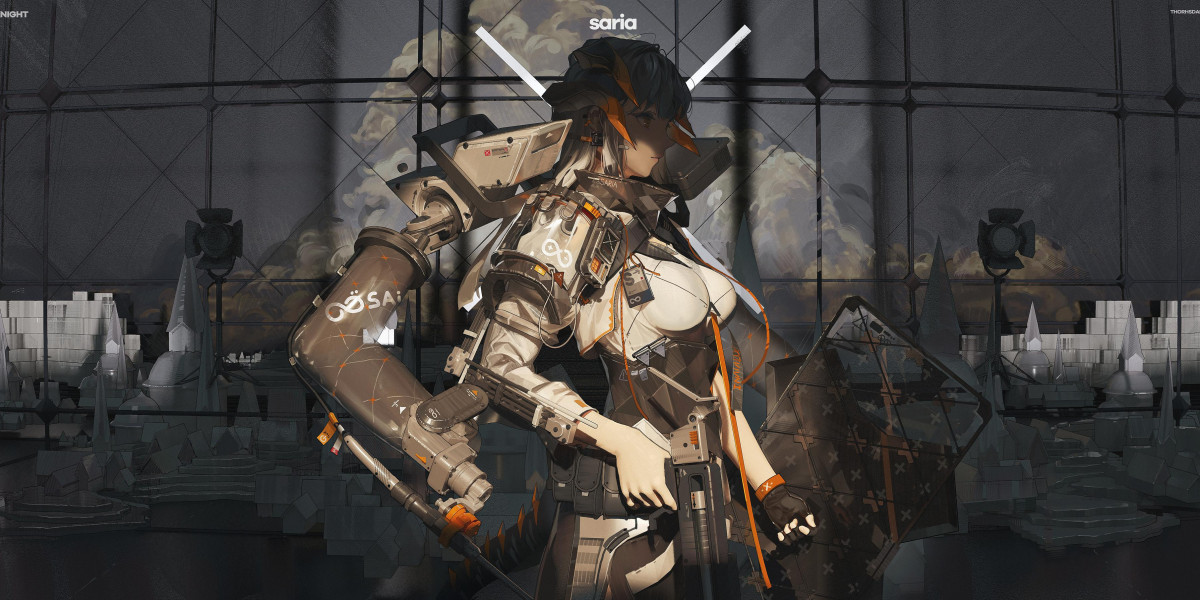Unlock the Secrets of FDM Printing: Transform Your Ideas into Reality!
Fused Deposition Modeling (FDM) printing has revolutionized the way industries approach design and manufacturing. With its growing popularity, businesses in sectors ranging from automotive to healthcare have begun to harness the power of this innovative technology. The purpose of this article is to explore FDM printing services, delving into how they work and the myriad benefits they offer. Whether you're a small business owner looking to prototype your next product or a hobbyist eager to create custom parts, understanding FDM printing services can help you turn your ideas into reality.

Understanding FDM Printing
At its core, FDM printing is an additive manufacturing process that builds objects layer by layer from a digital model. The technology operates by extruding thermoplastic filament through a heated nozzle, which melts the material and deposits it onto a build platform. As the printer moves along the designated path, it solidifies the material, creating a three-dimensional object. Common materials used in FDM printing include PLA, ABS, and PETG, each offering unique properties that cater to different applications. The process begins with a 3D design created using computer-aided design (CAD) software, which is then sliced into layers to guide the printer. This method allows for intricate designs and complex geometries, making FDM printing a popular choice for engineers and designers alike. I remember when my friend decided to create a custom phone case using FDM printing. The design process was fascinating, and seeing the final product come to life was incredibly rewarding.
The Process of FDM Printing Services
Utilizing FDM printing services typically begins with an initial consultation, where clients discuss their project requirements and objectives. This step is crucial as it allows service providers to understand the scope and specifications of the desired product. Following this, the client usually provides a 3D model, which is analyzed by the service team to ensure it is suitable for printing. Design software plays a significant role in this stage, enabling adjustments and optimizations to be made before printing begins. Once the model is finalized, the printing process commences. This involves loading the chosen filament into the printer, setting the correct temperature, and starting the print job. Depending on the complexity and size of the object, the print time can vary from a few hours to several days. Upon completion, the printed object undergoes post-processing, which may involve removing support structures, sanding, or painting the surface. Finally, the finished product is packaged and delivered to the client. I recall visiting a local FDM printing service with a friend, and watching as they transformed her digital design into a physical model was an eye-opening experience.
Benefits of FDM Printing Services
The advantages of using FDM printing services are numerous and significant. One of the most compelling benefits is cost-effectiveness. Compared to traditional manufacturing methods, FDM printing requires less material and reduces waste, making it an economical option for prototyping and small production runs. Additionally, FDM printing is known for its speed and efficiency. The ability to quickly produce prototypes allows businesses to iterate designs rapidly, leading to shorter time-to-market cycles. Flexibility is another key advantage; FDM printing can accommodate a wide range of materials and geometries, enabling the creation of complex shapes that would be difficult or impossible to achieve with conventional methods. Industries such as aerospace, automotive, and healthcare have all embraced FDM printing for applications like custom tooling, ergonomic products, and medical models. My friend’s experience with FDM printing not only saved her money but also allowed her to innovate in ways she hadn’t imagined before.
Choosing the Right FDM Printing Service
When selecting an FDM printing service, it's essential to consider several factors to ensure you receive high-quality results. First, evaluate the expertise and experience of the service provider. A company with a proven track record in your specific industry will likely understand your needs better. Additionally, assess the technology they use; advanced printers can offer better precision and a wider range of materials. Customer service is another critical factor; a responsive and knowledgeable team can guide you through the process and address any concerns. Lastly, don’t hesitate to review past projects and client feedback. This can provide insight into the service's reliability and quality, helping you make an informed decision. A friend of mine once shared how she found the perfect printing service by thoroughly researching and reading reviews, ultimately leading to a successful project outcome.
Harnessing the Power of FDM Printing Services
In conclusion, FDM printing services offer a transformative solution for individuals and businesses looking to bring their ideas to life. By understanding the fundamentals of FDM printing, the process involved, and the myriad benefits it presents, you can make informed decisions that enhance your projects. From cost savings and speed to flexibility in design, the advantages are clear. As you consider your next project, remember the potential of FDM printing services to bridge the gap between imagination and reality. Embrace the possibilities and take the first step toward innovation today!








